
hallux rigidus Liberal Dictionary
The term "hallux rigidus" refers to the osteoarthritis of the metatarsophalangeal joint (MTPJ) of the first toe. This disease was first reported in 1887 by Davies-Colley [ 1 ]. He suggested the name "hallux flexus". Shortly thereafter Cotterill was the first to introduce the term "hallux rigidus" [ 2 ].

Hallux Rigidus (Big Toe Arthritis) Specialist Palm Harbor, FL Orthopedic Specialists
Hallux rigidus is a disorder of the joint located at the base of the big toe. It causes pain and stiffness in the joint, and with time, it gets increasingly harder to bend the toe. Hallux refers to the big toe, while rigidus indicates that the toe is rigid and cannot move. Hallux rigidus is actually a form of degenerative arthritis.
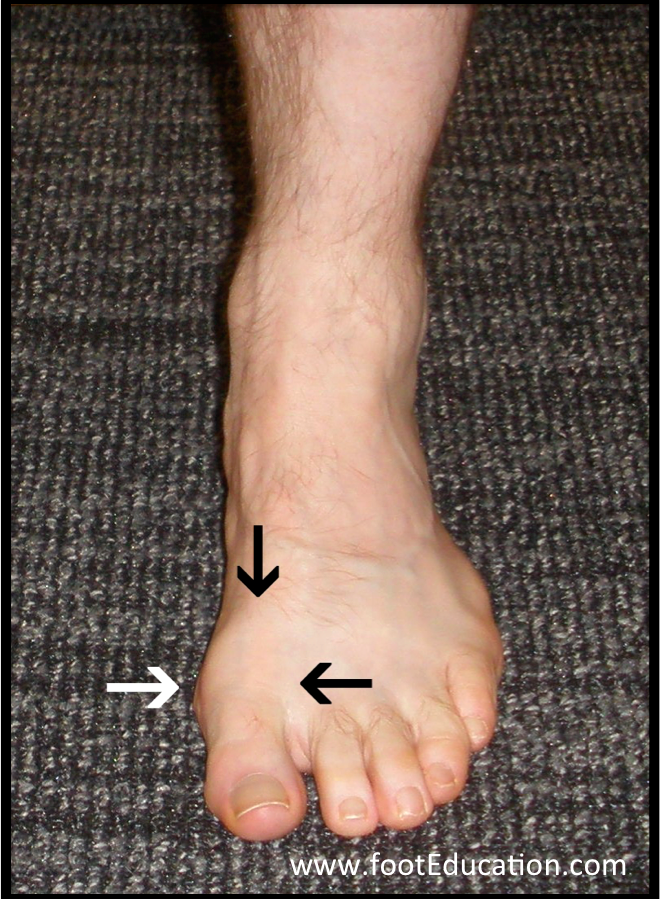
Hallux Rigidus (Big Toe Arthritis) FootEducation
Hallux rigidus is an degenerative osteoarthritic condition of the 1st metatarsophalangeal joint (MPJ-1). [1] It is characterised by a complete absence of the joint's sagittal plane motion, specifically dorsiflexion, at the end stages of the disease. [2] Hallux limitus (HL) is the name given to the earlier stage of this condition when there is.
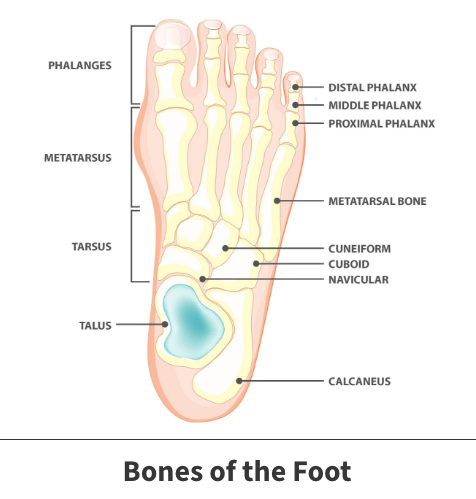
Hallux Rigidus Cheilectomy Florida Orthopaedic Institute
Hallux Rigidus (Stiff Big Toe) Hallux rigidus (stiff big toe) occurs when the joint at the base of the big toe stiffens. It is the most common arthritic condition in the foot and can make walking painful and difficult. Hallux rigidus usually develops in adults between the ages of 30 and 60.
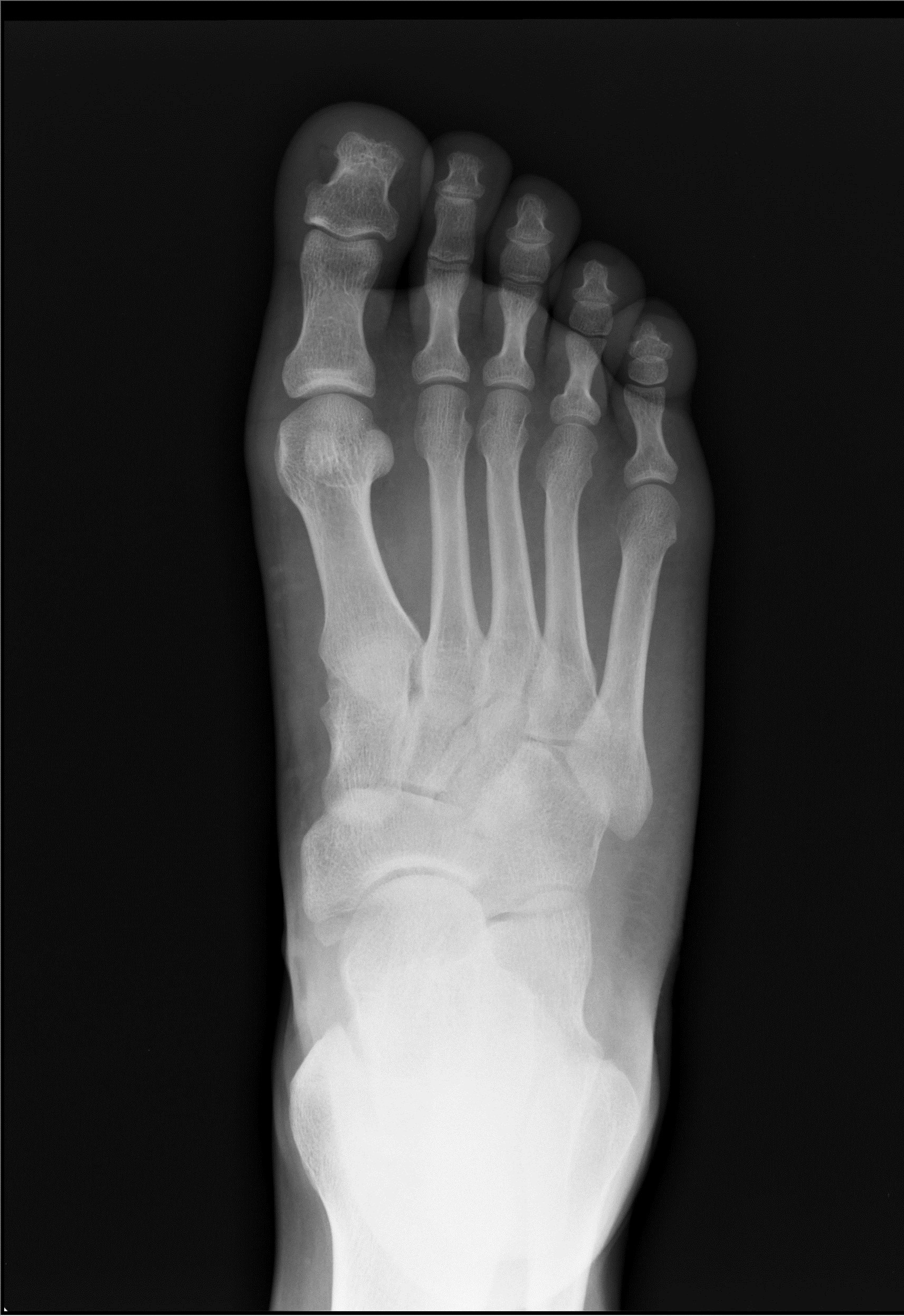
Podiatrist in Akron Hallux Rigidus in Akron Green Foot & Ankle Care, LLC
Browse Getty Images' premium collection of high-quality, authentic Hallux Rigidus stock photos, royalty-free images, and pictures. Hallux Rigidus stock photos are available in a variety of sizes and formats to fit your needs.
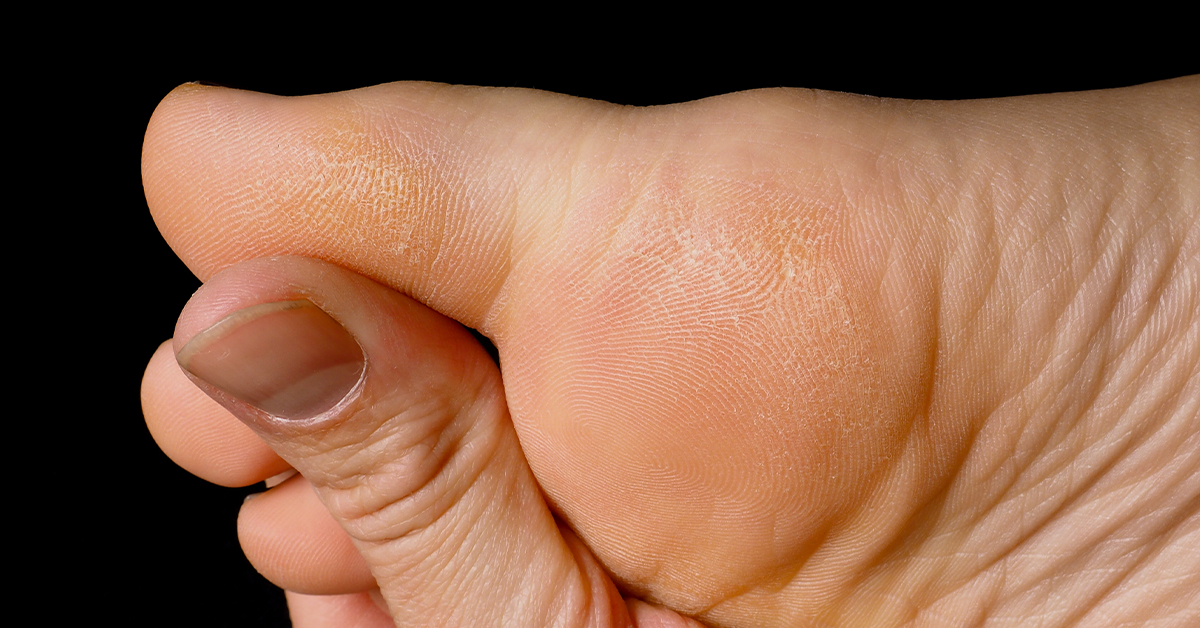
Hallux Rigidus Ocala, FL Dr. Karl Siebuhr, MD Orthopedic Surgeon
Osteoarthritis can also affect the foot and the big toe. Osteoarthritis is a wear and repair process. In the big toe it is also known as hallux rigidus (Latin for 'stiff great toe'). It can lead to joint pain with limitation of movement, which can affect daily activities. Osteoarthritis is the most common type of arthritis, affecting.
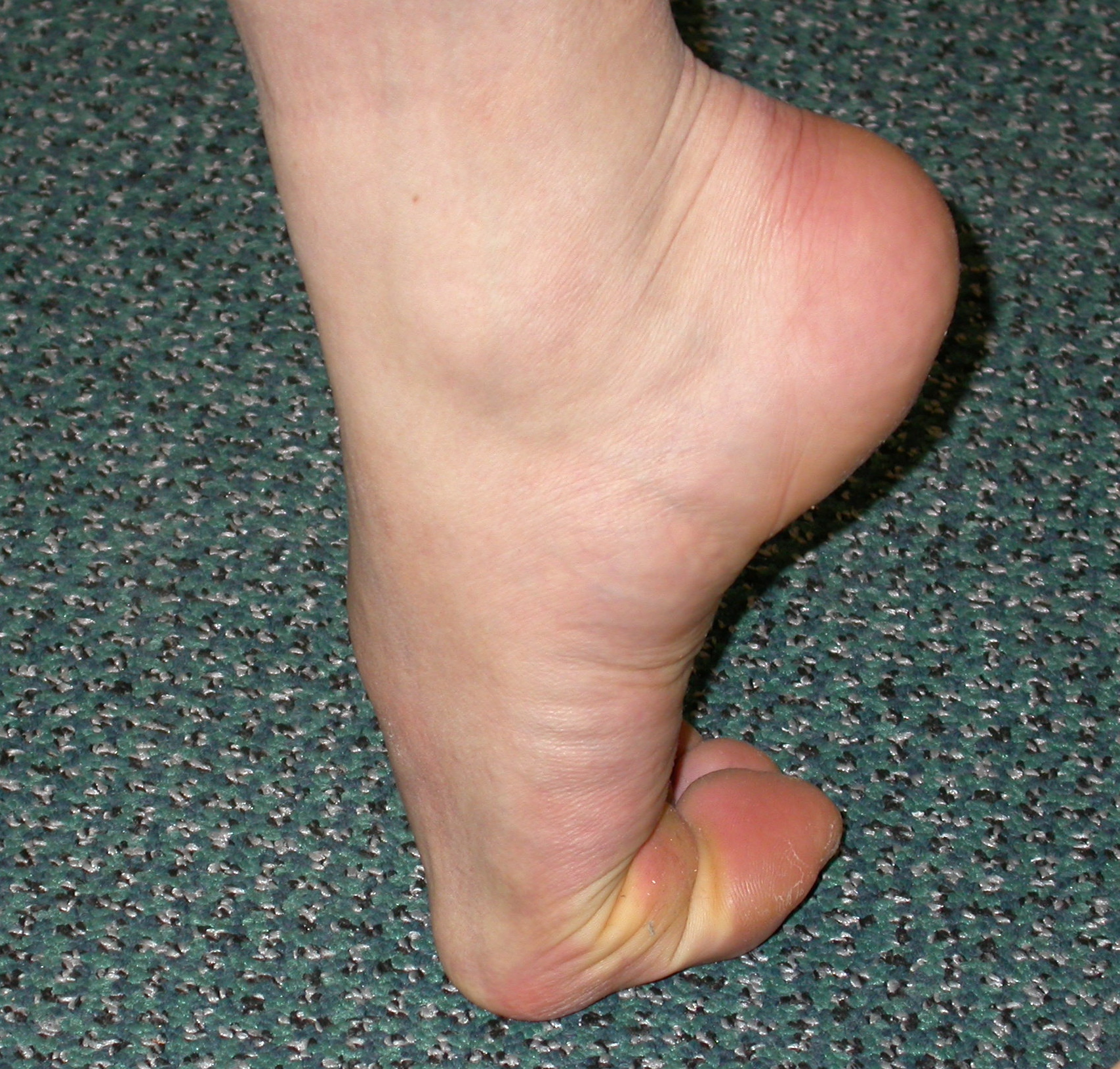
Hallux Rigidus (Big Toe Arthritis) The Foot and Ankle Clinic
Hallux (big toe) limitus (stiffness) starts out as a stiff big toe. Over time, this develops into hallux rigidus (inability to bend), a condition where the big toe's ability to move is severely limited and may be "frozen" and unable to move at all. It is a form of degenerative arthritis, when cartilage in the joint at the base of the toe is worn away.
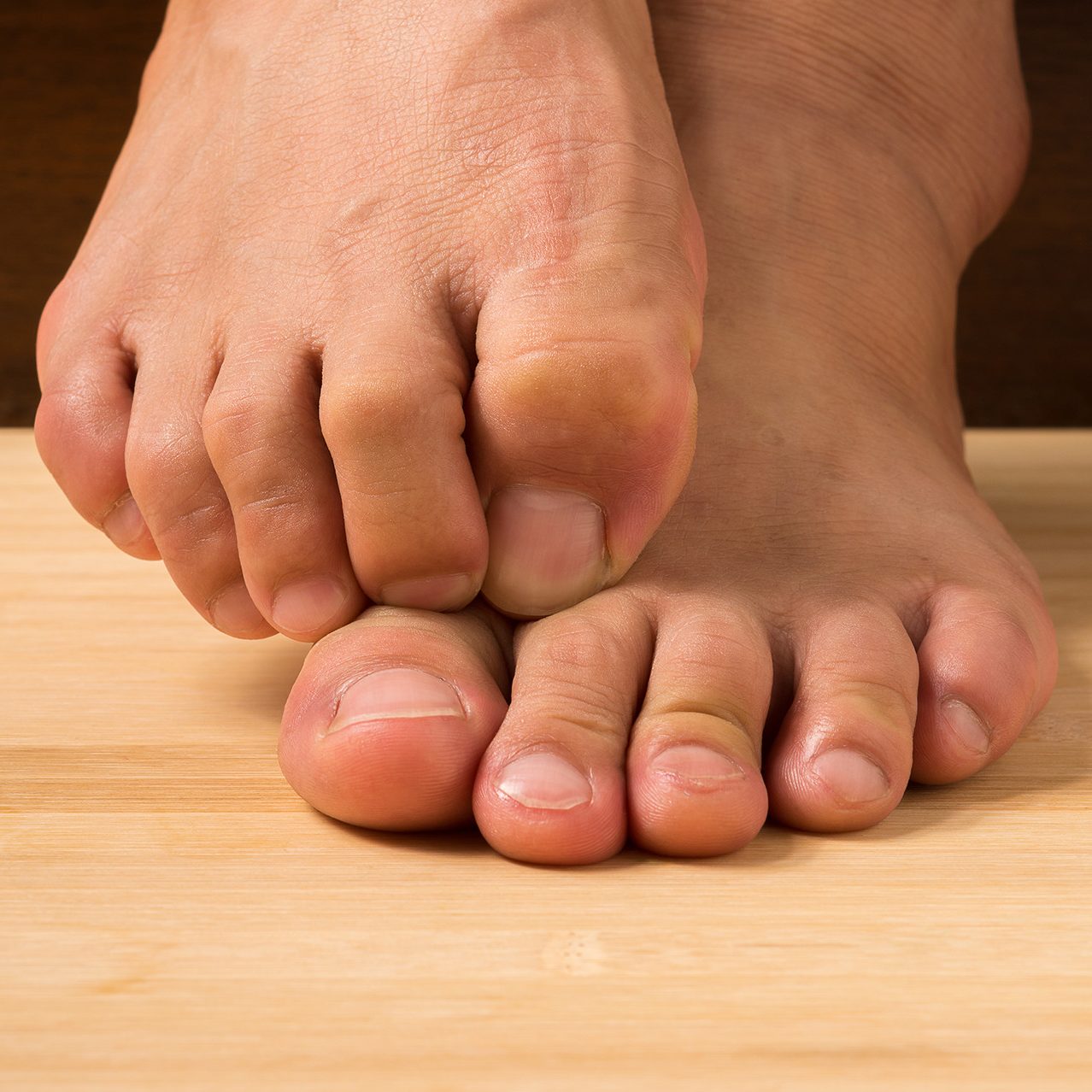
Hallux Rigidus a.k.a Turf Toe The Foot and Ankle Clinic
Hallux rigidus is a form of degenerative arthritis (osteoarthritis.) Hallux (refers to the big toe) rigidus (refers to stiffness) usually affects adults between 30 and 60 years of age, and often it is the result of a prior high school sports injury. Arthritis of the big toe is the most common site of arthritis in the foot, affecting 2.5 percent of people over the age of 50.

Hallux Rigidus Surgery Germany Dusseldorf Adem Erdogan
What is Hallux Rigidus? Hallux rigidus, is arthritis (pain and stiffening) of the main joint of the big toe in the ball of the foot. It is due to a wearing out of the joint surfaces. Sometimes only the upper part of the joint is affected and the rest of the joint is undamaged. In other people the whole joint is worn out.
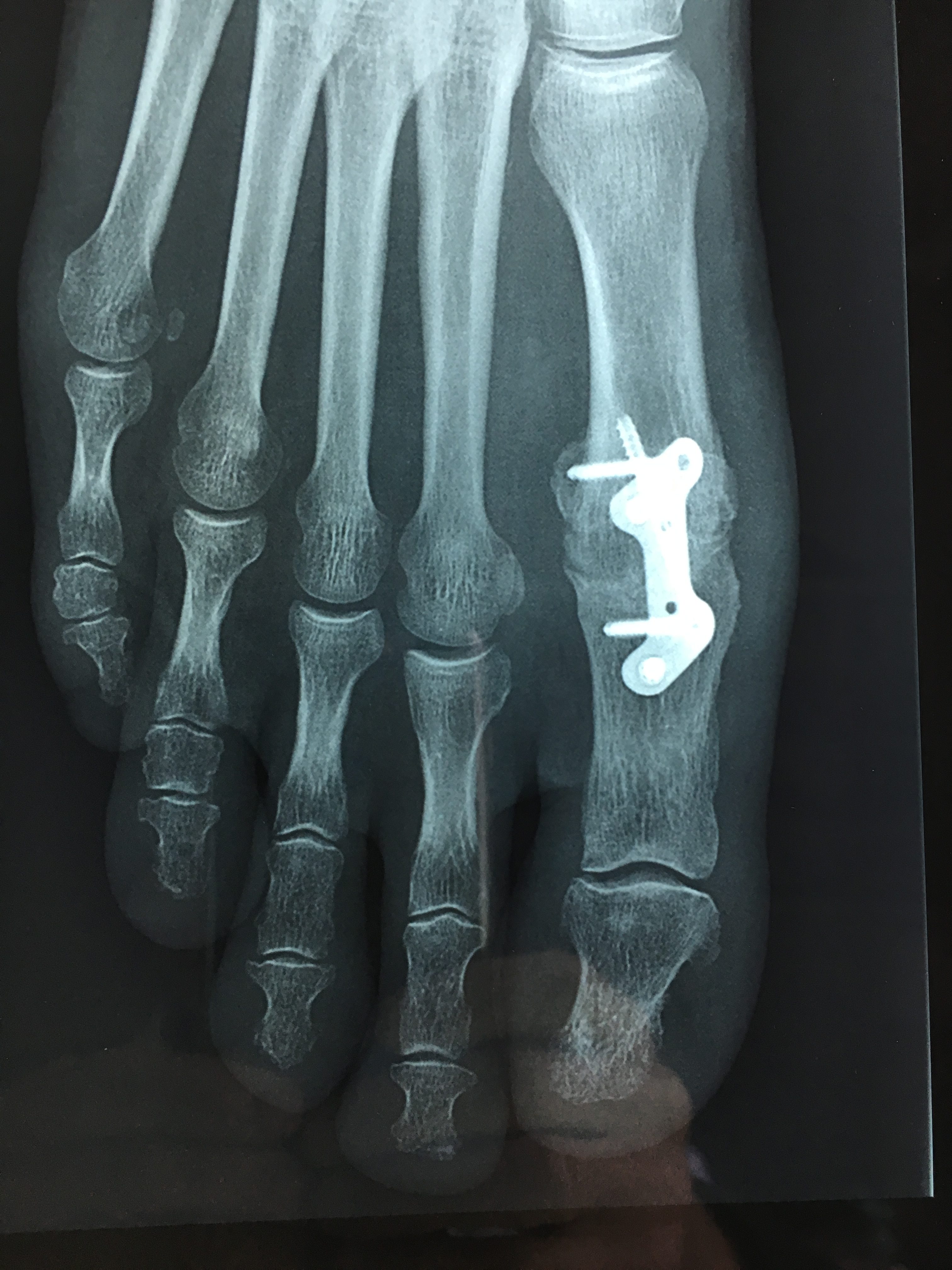
Hallux rigidus définition, causes, symptômes et traitements
Cheilectomy treats hallux rigidus ("stiff big toe"). Hallux rigidus is a type of osteoarthritis in your big toe joint, the metatarsophalangeal (MTP) joint. If you have hallux rigidus, painful bone spurs (osteophytes) may develop on your MTP joint. These bone spurs form a lump in your skin that makes wearing a shoe painful.
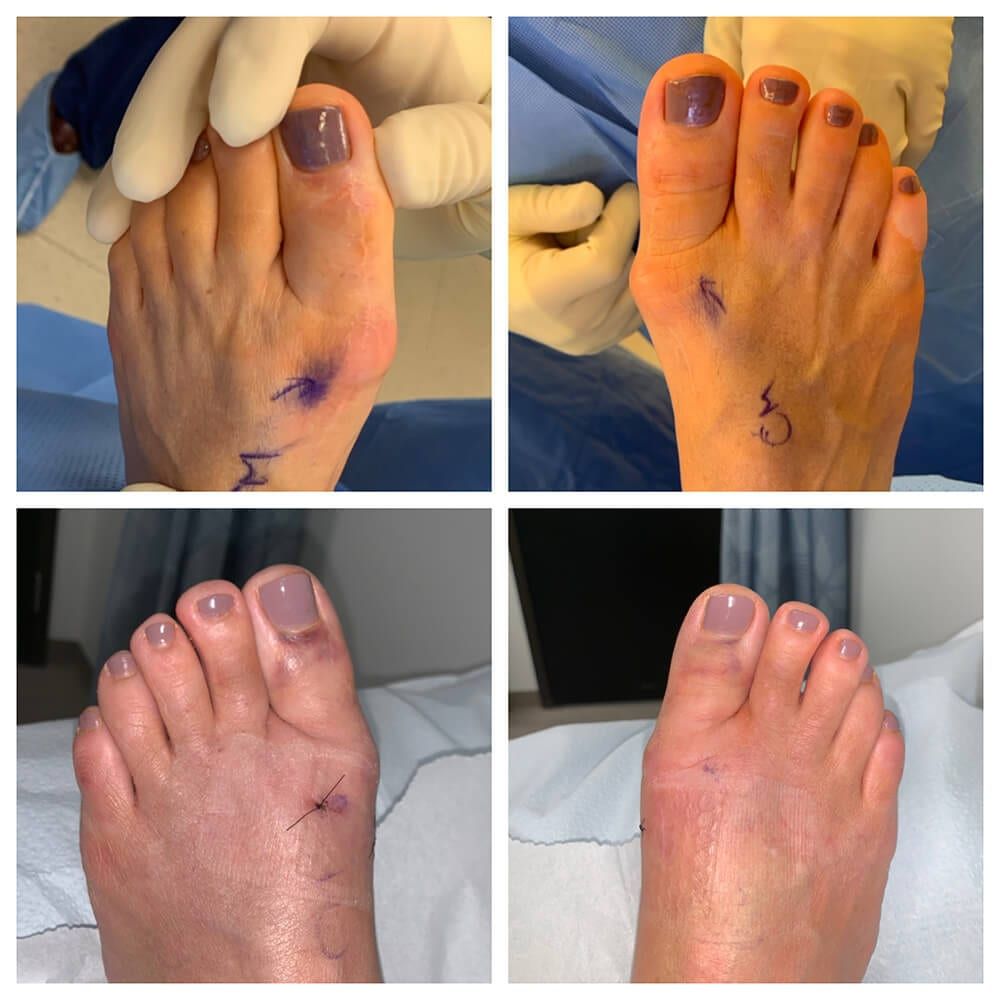
Hallux Rigidus Arthritis of the big toe Christopher Miller
What Is Hallux Rigidus? Hallux rigidus is arthritis of the joint at the base of the big toe. It is the most common arthritic condition of the foot, affecting 1 in 40 people over the age of 50 and typically developing in those over age 30. Big toe arthritis tends to affect women more than men. The big toe joint is called the hallux metatarsal.

Hallux rigidus (Großzehengrundgelenksarthrose) Orthoteam Rhein Main
Hallux rigidus. Hallux rigidus or stiff big toe is degenerative arthritis and stiffness due to bone spurs that affects the metatarsophalangeal joints (MTP) at the base of the hallux (big toe).. Hallux flexus was initially described by Davies-Colley in 1887 as a plantar flexed posture of phalanx relative to the metatarsal head. About the same time, Cotterill first used the term hallux rigidus.

Hallux rigidus before surgery, Xray Photograph by Science Photo Library Pixels
Before & After Pictures. In this video we discuss Big Toe Arthritis and the advanced treatment options available to our patients. Our nationally recognized physicians are at the forefront of the treatment for Hallux Limiuts (Arthritis of the Great Toe Joint). Our doctors helped develop the leading implant for great toe arthritis and teach.
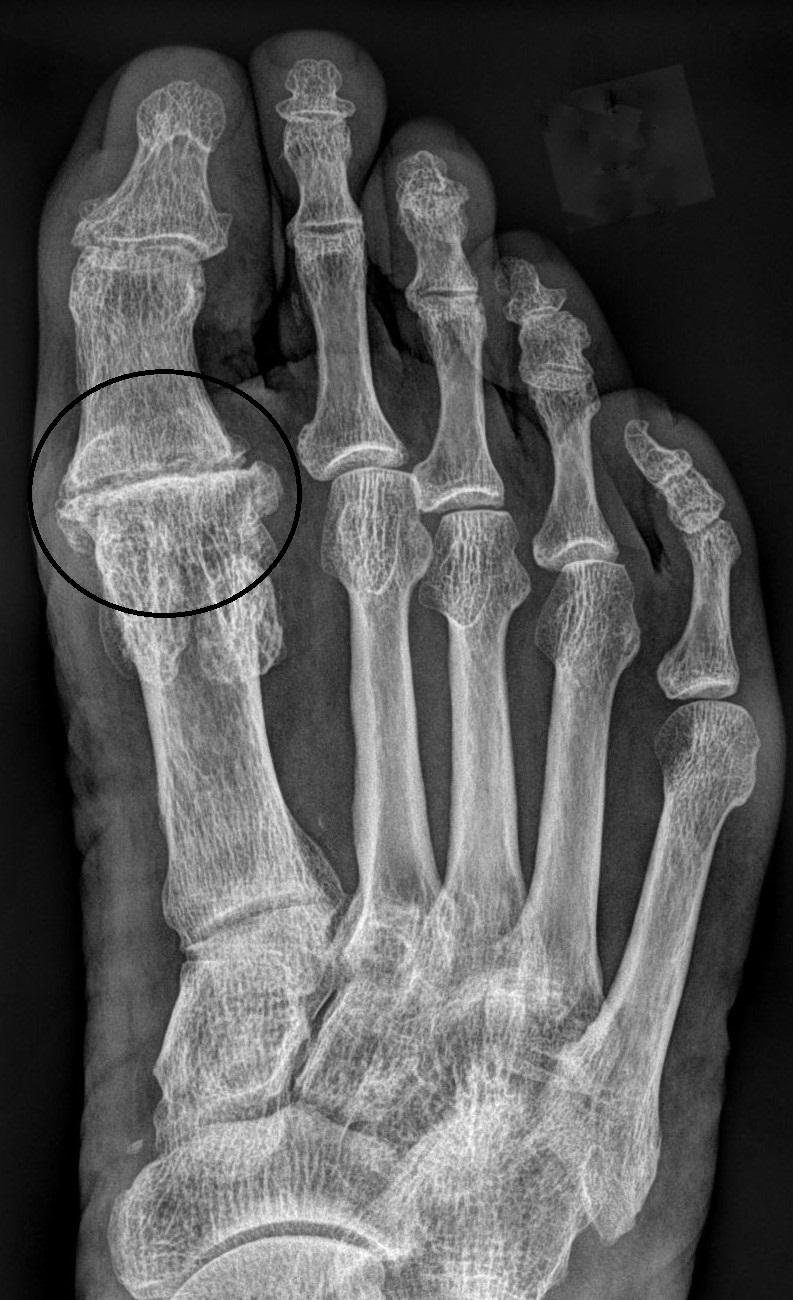
Hallux rigidus FusschirurgiePfleghar
Symptoms often start out mild and slowly worsen over time. Early signs and symptoms may include: pain and stiffness in your big toe during use. swelling and inflammation around the joint. pain and.
Hallux Rigidus KevinRoot Medical
Hallux rigidus (Latin for "stiff toe") is a condition that refers to degenerative arthritis of the first MTP joint.[1] Nicoladoni first described the condition in 1881, but it was popularized in 1887 by Davies Colley, who coined the term hallux flexus to describe the plantarflexed position of the proximal phalanx relative to the metatarsal head.[2] During the same year, Cotterill described.

Hallux rigidus Image
Hallux rigidus is occasionally confused with a bunion, or hallux valgus, as it is often associated, as part of the degenerative process (wear and tear), with new bone formation over the big toe. However, the bone bump is normally over the toe joint, not on the side as in bunion/hallux valgus deformity. The thinning/wear and tear of the joint.